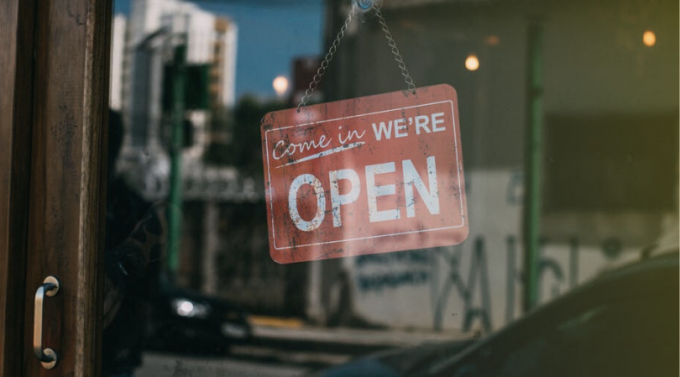Majority of selected industries will soon be resuming normal operations as the government seeks to relax quarantine rules. As we glimpse a flicker of hope at the end of this pandemic tunnel, it’s important to prepare for gradual business recovery.
With adequate planning, we can properly acclimate our entrepreneurial hindsight on the renewed situation we’re about to face after being in the dark for almost two months.
Here’s a handy checklist you can consult as you prepare to resume your business:
Achieve minimum operational capacity
The first mistake of business recovery is to eagerly start full-on on day 1. This can incur unnecessary costs and can increase the risks of reverting back to a stoppage. The business ecosystem will be in a stage of reawakening anyway.
You can start with identifying your minimum operational capacity – the bare setup you need to complete your business cycle. These can be your essential skeleton staff, minimum inventory to satisfy the lowest forecast, and main products and services. Your only goal on day 1 is to restart your business.
Assure customers and stakeholders
It’s safe to say that everyone will expect a different level of business productivity during the recovery period. This time is crucial in dictating the survival of your business. So it’s important to communicate confidence and earn back the trust of your customers and stakeholders.
Constantly touch base with them through various communication channels. You can regularly update them as soon as you are able to offer back ancillary products and services or project confidence by sharing plans on addressing certain challenges to business recovery.
Calculate business impact
Distill all the impact of business shutdown to calculable costs. Convert each day to projected lost sales and expenses incurred. In this way, you can have a numeric goal for business recovery that you can work towards.
Several business continuity models suggest that auditing liquid assets, business recovery costs, operational expenses, and projected sales can help paint the picture of a realistic business recovery timeline. Think of business recovery costs as a liability that you slowly pay off – first with the available liquid asset, then with projected sales. This gives you an idea of how long you should plan for business recovery.
Map business recovery plan
Business recovery can’t be rushed but planning for it gives you a sense of control. Given a timeline, you can more or less work out a game plan for bringing your business back to 100%. During this period, reinvestment is key in growing your business from minimum operational capacity: at certain points, you may choose to reinvest the profit back so you can offer other services again or activate non-skeleton parts of operations to gain more sales.
It’s also important not to create a business recovery plan in a vacuum. Be aware of relevant national and local legislation, the economic pulse of your industry, and changes in demand for your products and services.
Identify additional recovery options
Most will avoid any liabilities as much as they can during recovery to avoid a perceived additional burden that can probably sink the business. But the recovery period is actually a perfect time to source out additional funds to build back your business faster. You are more assured in being able to repay external financing and credit because these funds will be invested in your business, something that is already proven and tested to yield returns before.
External financing and credit can help you shorten your business recovery timeline. In addition to that, you can also seek other recovery options such as safer investments, diversifying your portfolio to a more in-demand product or service, or available government stimulus packages.
Need credit for your business recovery? Make #TheSmartMove and give us a call.






